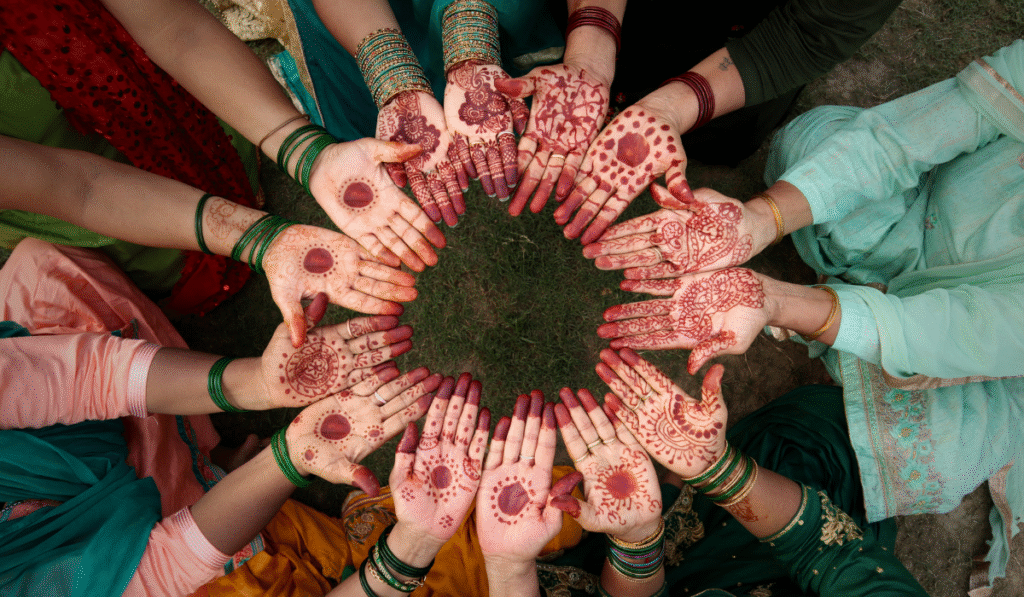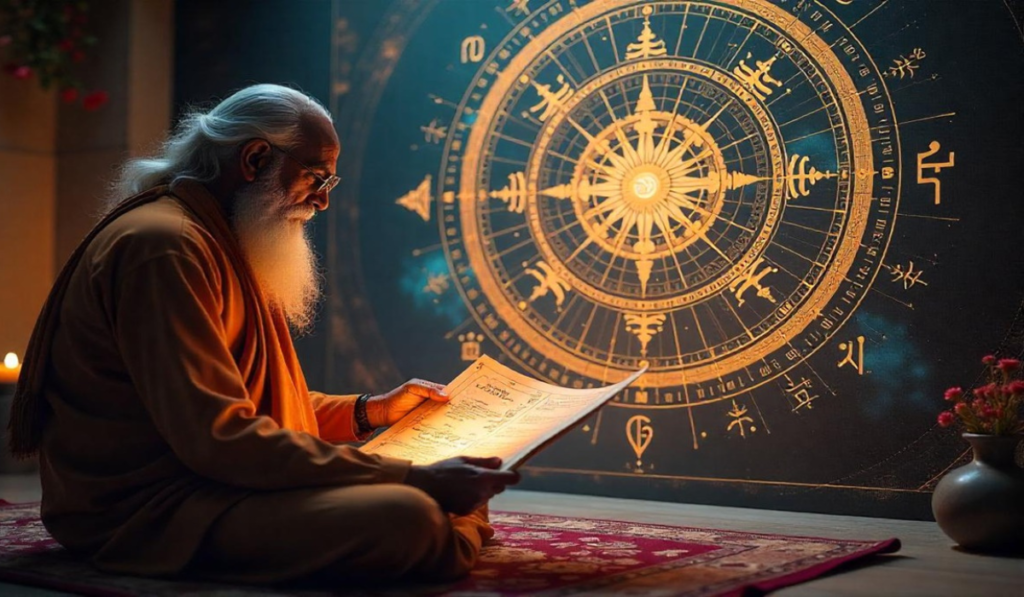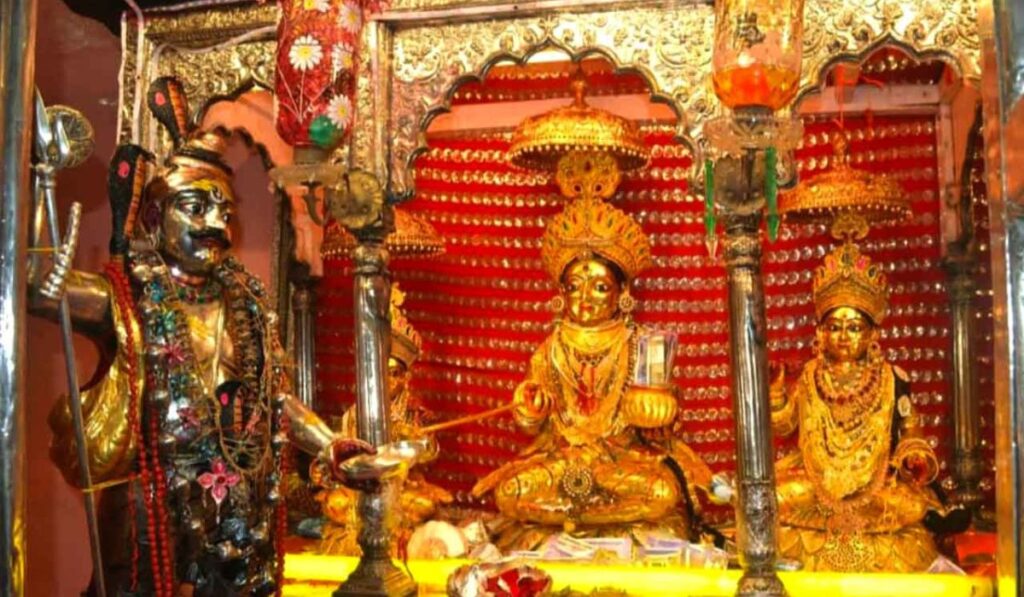A long, long time ago, in the beautiful mountains of Kailash, there was a brave and kind goddess named Parvati. She had a big dream. She wanted to marry the wise and supreme Lord Shiva. But Lord Shiva was not easy to win. He lived far away, meditating in peace for centuries, and rarely spoke to anyone.
Do you know what Parvati did? She did not give up. She prayed, she fasted, and she showed so much love and patience that not just heaven but even the whole trilok were amazed. And after many, many years, Lord Shiva opened his eyes and saw the true devotion of her heart. Finally, they were married in a grand heavenly celebration, and that day became what we now celebrate as the Teej Festival.
However, this timeless tale of Teej is not just about mythology but a beautiful tradition that celebrates true devotion, love, and patience. But that’s just a small part of it. So, let’s understand why Teej holds such deep significance and how it is celebrated today.
Why Teej Festival is Celebrated?
Teej is not just about the divine love story of two supreme beings, but it also reminds the deeper values of patience and love. Women celebrate Teej to follow Goddess Parvati’s example, showing how faith and dedication can change the whole course of destiny.
For married women, it is a prayer for their husband’s long life and marital happiness. And, for unmarried girls, it is a way to seek a virtuous partner, just like an embodiment of the Supreme Lord Shiva.
Not just that, beyond the prayer, Teej is celebrated to welcome the rain and renewal of nature during the monsoon season, with folk songs, swings, and colorful attire, mainly green and red to symbolize fertility and prosperity.
To be precise, the Teej significance lies in believing that true love and unwavering devotion know no bounds, even death.
What is the Historical Significance of The Teej Festival?
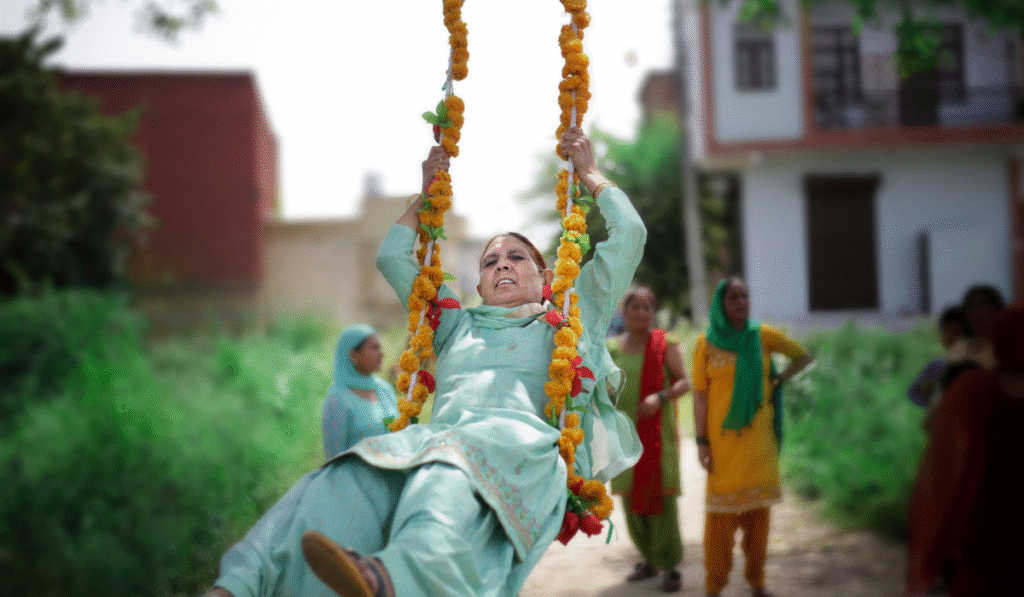
The story of the Teej festival goes back thousands of years. Old Hindu scriptures like the Skanda Purana and Padma Purana talk about women keeping fasts during the rainy season, praying to Lord Shiva and Goddess Parvati for a happy, strong marriage.
As time passed, these prayers turned into a beautiful tradition. In royal courts of Rajasthan, Bihar, and even Nepal, queens and noblewomen would gather during the monsoon, dress in bright colors such as green, yellow, or red, sing devotional songs, and visit temples to honor their vrat (fast). Slowly, these customs spread to common households, where women celebrated with swings tied to big trees, folk dances, and joyful songs.
Even today, it is celebrated in much the same way. The Teej rituals may look more festive now, but the heart of the festival, that is devotion, prayer, and the wish for marital happiness, remains just as it was described in the ancient texts.
What Are the Rituals and Traditions Followed in Teej?
The Teej festival is more than just a day of fasting. It is filled with heartfelt traditions that bring women together in devotion and celebration. Here’s how it is observed:
Nirjala Vrat (Sacred Fasting)
Many women keep a strict fast throughout the day, that too without even drinking water. This act of devotion is a way to honor Goddess Parvati and pray for the long life and happiness of their husbands. Unmarried women keep the fast to be blessed with a virtuous partner like Lord Shiva.
Dressing in Festive Colors
Red and green attire is traditionally worn during Teej, as these colors are considered auspicious. Women adorn themselves with jewelry and mehendi, believing that these colors bring prosperity and strengthen marital bonds.
Songs and Swings
The monsoon season brings cool breezes, and swings are tied to large trees and decorated with flowers. Women gather here to sing folk songs celebrating Parvati’s patience and divine love, creating a joyful atmosphere of togetherness.
Sacred Pujas
Special prayers are performed at temples and homes where idols of Lord Shiva and Goddess Parvati are worshipped. Offerings of fruits, sweets, and flowers are made, and devotional hymns are recited to seek blessings for a harmonious and prosperous married life.
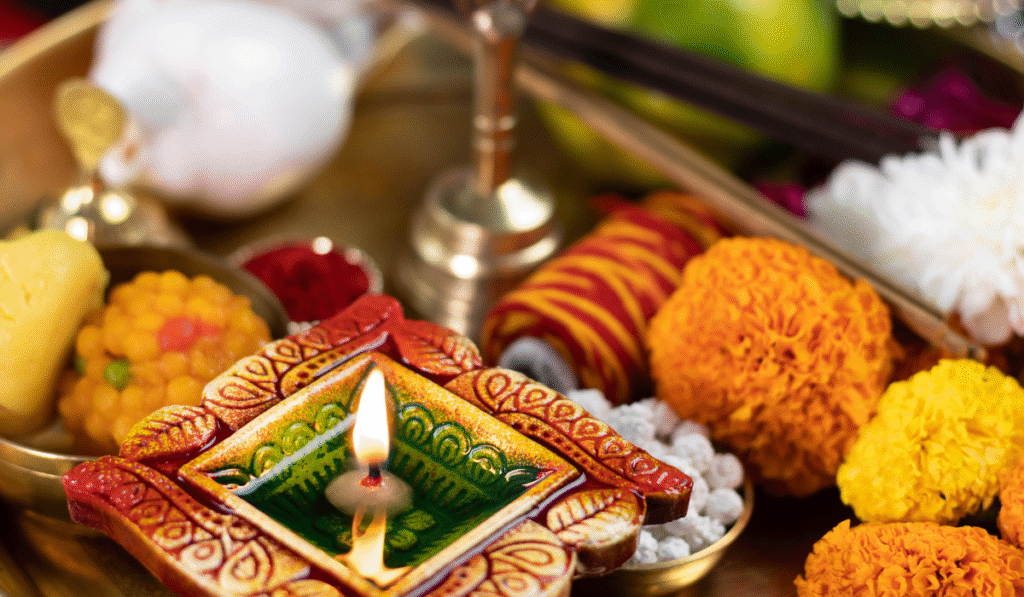
Evening Ritual
At the end of the day, women break their fast only after offering prayers for their husbands’ well-being. The vrat concludes with families sharing a light meal, turning the moment into a celebration of love and unity.
While these rituals may vary slightly across different regions, the Teej significance remains unchanged. It continues to honor devotion, strengthen family bonds, and celebrate the blessings of marriage and nature’s pure bliss.
When is Teej Celebrated?
The Teej festival is celebrated during the beautiful monsoon season, which symbolizes growth and renewal. According to the Hindu lunar calendar, it falls on the third day (Tritiya) of the bright fortnight (Shukla Paksha) of the month of Shravan. In the regular calendar, this usually occurs in July or August.
The timing of Teej is closely tied to nature. The rainy season brings greenery and fertile lands, and these blessings are believed to reflect the Teej significance that is prosperity, harmony in marriage, and the nurturing power of Goddess Parvati.
Conclusion
The Teej festival has been celebrated for thousands of years and still holds the same meaning today. What began as Goddess Parvati’s path of devotion and sacrifice for Supreme Lord Shiva has grown into a tradition of prayer, family bonding, and gratitude for nature’s gifts.
Through sacred fasting, colorful attire, joyful gatherings, and heartfelt Teej rituals, women honor the values of love, patience, and commitment. Even in modern times, Teej reminds us that true devotion and dedication can create happiness that lasts not only for one lifetime but for many generations to come.






